Once, our stories celebrated women—truly celebrated them. They were radiant, noble, feminine. Men admired them, longed for them, and were called to rise in their presence. In fantasy, cinema, and early video games, beauty wasn’t a liability—it was the prize, the muse, the reason for the quest.
Then came the poison.
Feminism, draped in slogans of “equality” and “empowerment,” convinced a generation of women that their natural gifts were chains, that femininity was weakness, and that men—especially those who admired them—were predators in waiting. The result? Fifteen years of deconstructed heroines, man-jawed protagonists, sexless narratives, and a moral panic over the male gaze. The crime? Wanting to look at a beautiful woman.
This wasn’t an accident. It was engineered. And we can name names.
Beauty, Biology, and Courtship—Then and Now
Fantasy, at its best, is a mirror of myth and memory. It draws from the deep well of our ancestors’ customs, instincts, and ideals. In medieval Europe, every woman wore a head covering once married, signaling modesty and fidelity. But maidens were different. They went bareheaded—not as an act of rebellion, but because their uncovered beauty was a beacon. Society expected them to be seen. To be noticed. To attract a husband.
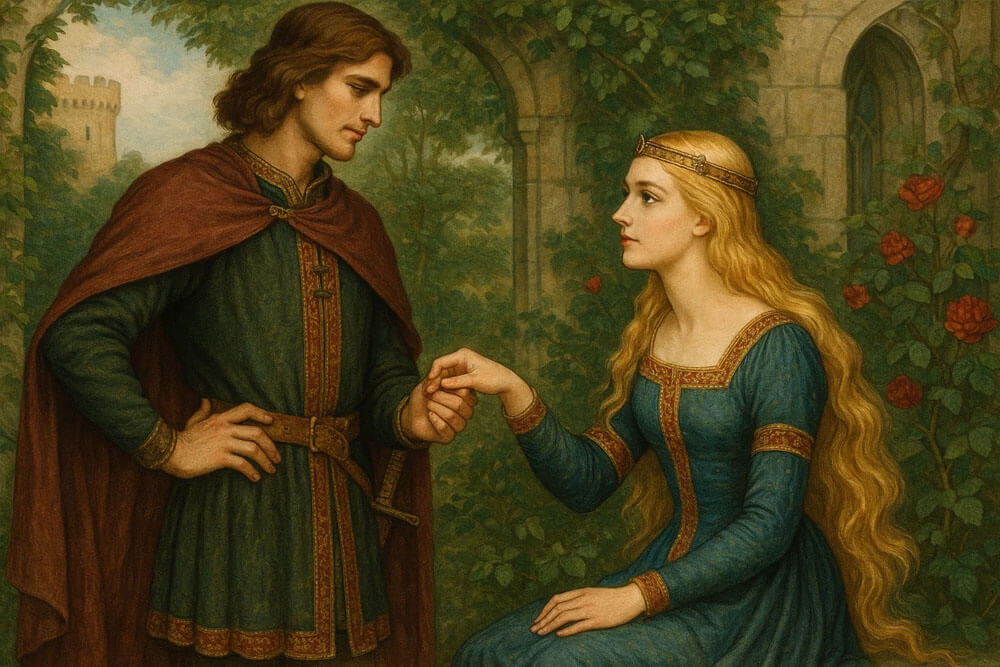
This wasn’t misogyny—it was survival. Nothing was more tragic in the medieval imagination than a woman who remained unmarried. She was either given to a convent or regarded as a social failure. Our ancestors built an entire cultural ecosystem around the biological truth that women are meant to be beautiful, and that men are meant to be drawn to that beauty. The sexes weren’t in competition—they were in collaboration.
Science confirms what our ancestors knew intuitively: the more pronounced the feminine features—a low waist-to-hip ratio, soft facial features, long hair, smooth skin—the more attractive a woman is to men. These are not arbitrary beauty standards. They are evolutionary signals of fertility, youth, and health.
The War on Womanly Form
One of the most universally recognized signs is breast size. Fuller breasts signal fertility, health, and sexual maturity. This isn’t prurient or superficial—it’s biological. Research confirms this instinct: men with more unrestricted mating strategies rate larger breasts as more attractive, and women with fuller busts receive more courtship attention. These are not cultural fads—they are deep evolutionary instincts.
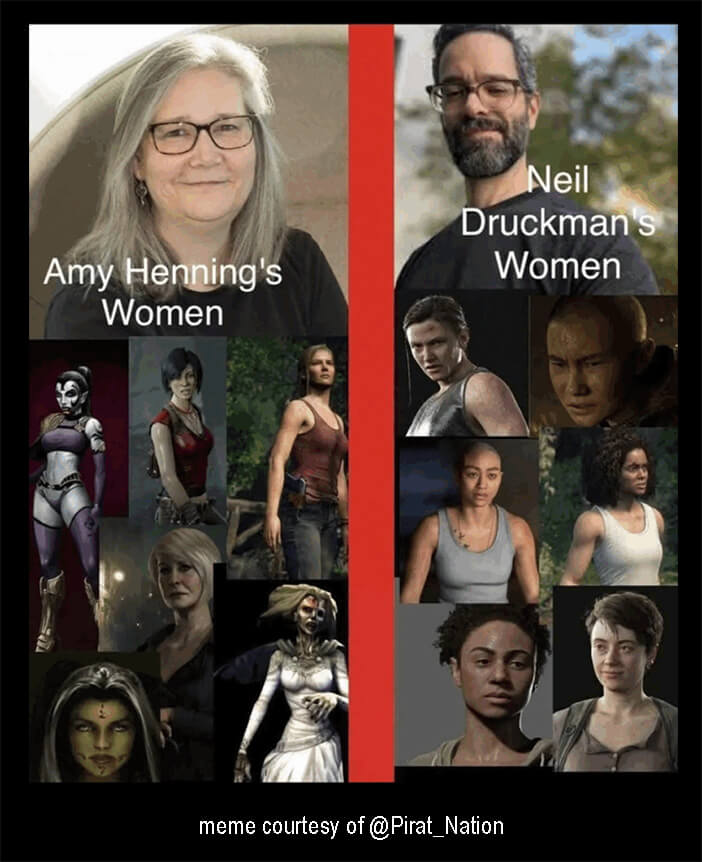
Yet today, even this truth is taboo. In modern entertainment, bust size is quietly reduced or erased. The recently released Oblivion: Remastered features flatter female figures than its 2000s predecessor. Generative AI tools like Midjourney and Sora default to lean, androgynous models—and actively resist depictions of fuller, classically feminine women. This is no accident. It’s a coordinated rejection of beauty, femininity, and male desire.
In short: women’s bodies are meant to be attractive to men. And men’s desire for them is not only natural, it’s essential.
Today, that dance is dead.
The Objectification Lie
“Objectification” was never a real threat. It was a feminist moral panic—a propaganda campaign aimed at vilifying male desire and sabotaging courtship. It took what was natural—a man appreciating a woman’s beauty—and declared it sinful.
From Andrea Dworkin to Anita Sarkeesian, the feminists made it their mission to pathologize the male gaze. But what they truly hated was idealization. A beautiful woman in a video game wasn’t a character to admire—she was a problem to fix. They demanded heroines be dulled, desexualized, defeminized. And the industry obeyed.
The real failure wasn’t just the rise of radical feminism. It was the cowardice of the majority. Studio heads, journalists, professors, and players stayed silent. Men were shamed into submission; women were told to fall in line. The ideologues filled the vacuum. Beauty became suspect. Desire became a sin. Natural instincts were rebranded as threats.
If there is a solution, it begins here: start gatekeeping. Defend the good, the true, and the beautiful. Feminists are like children—they will push until someone tells them “no.”
Naming Names: Sarkeesian, Druckmann, and the Industry of Ugliness
Anita Sarkeesian wasn’t just a critic. She was an ideological battering ram. She marched feminism straight into gamer culture. And Neil Druckmann—creative lead at Naughty Dog—welcomed and worshiped her. Under his vision, games became sermons. Heroines became avatars of grievance. Beauty? Canceled.
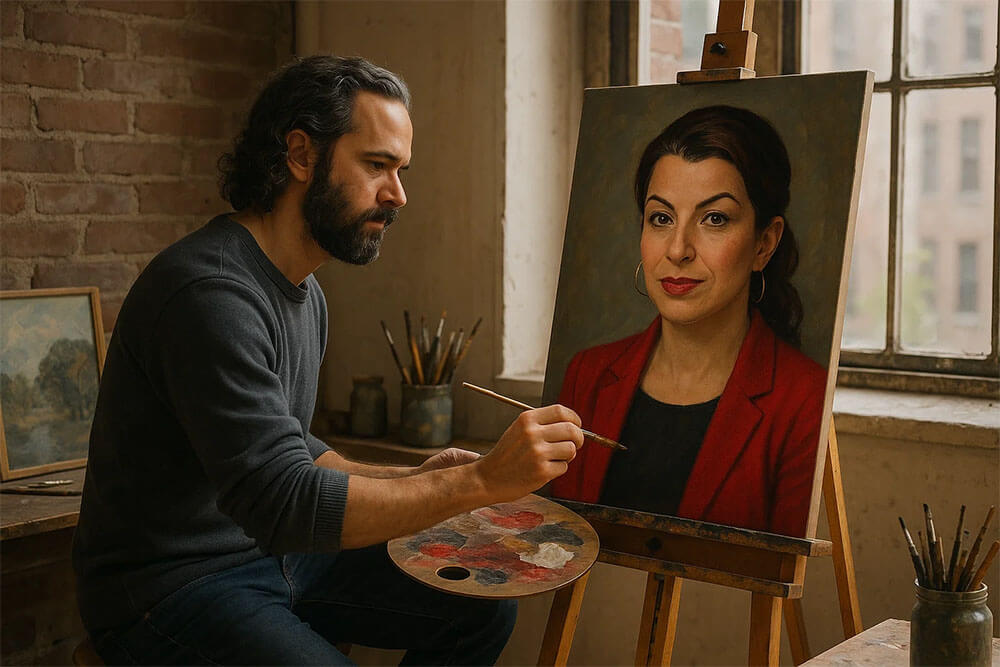
Together, they helped normalize a warped design philosophy where attraction itself was a problem. Their message: Don’t you dare find her beautiful.
The Trans Agenda and the Erasure of Women
Feminism began the purge of beauty. Trans ideology finished it.
Once “woman” was redefined, developers bent over backward to make female characters more androgynous. Curves disappeared. Faces hardened. Bodies became ambiguous. Why? So that men who identify as women wouldn’t feel excluded.

This isn’t inclusion. It’s obliteration. The feminine ideal was thrown under the bus of ideology.
Sexual Attraction Is Not a Sin
Men are not broken. Their nature is not a flaw. It is God-given. At the core of that nature is the pursuit of beauty.
The writers of holy scripture knew this. That’s why wisdom in the book of Proverbs is personified as a woman—because men are drawn to her. Attraction, rightly ordered, is holy. It leads to love, marriage, and new life.
We used to understand this. America once celebrated beauty—on posters, calendars, recruitment drives. Not as lust, but as longing. Not exploitation, but aspiration.
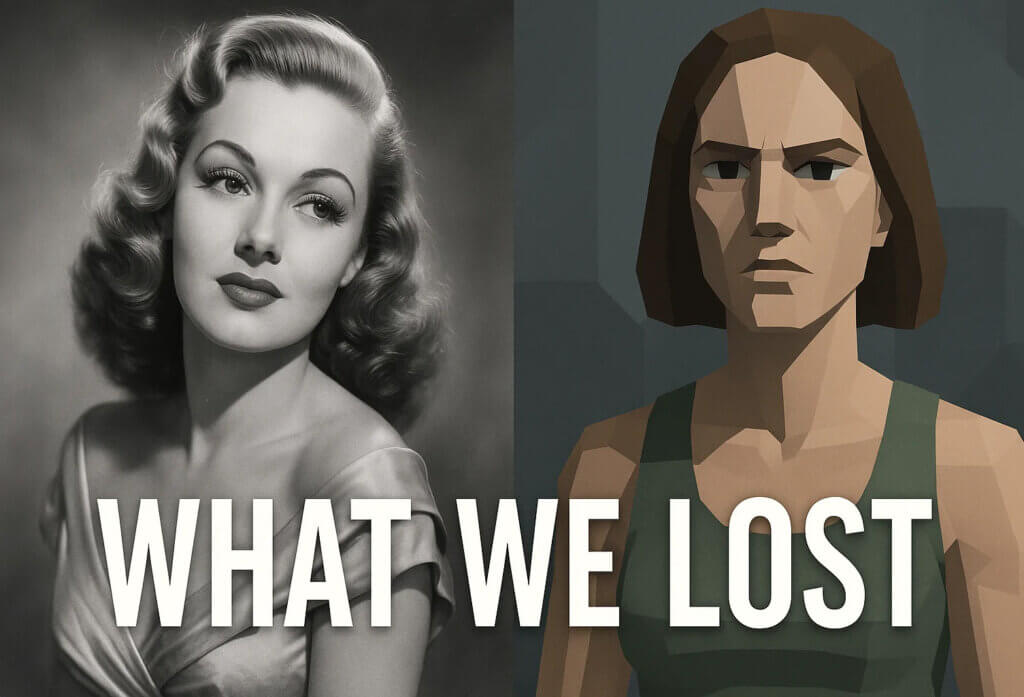
Today? Erased. Replaced by lectures and lawsuits.
Conclusion: The Return of Beauty in Gaming
If fantasy and gaming are to matter again, they must return to beauty. Let women be beautiful. Let men admire them. Stop apologizing. Let the natural courtship of the sexes return.
Feminism didn’t free women. It betrayed them. It pitted them against men, sterilized their image, and replaced romance with resentment. Watch any film from the 1940s. The women are luminous—feminine, alluring. Now look at the average female character in modern video games. One radiates mystery and grace; the other looks like she escaped from a gender studies seminar. This is not progress. It is desecration.
We were made for more. And our stories should reflect that. But reflection alone is not enough—we must act. Men must guard their studios, and women must guard their femininity. If you love truth, beauty, and order, then defend them. Every cultural institution, every creative industry, every corner of entertainment must be protected from ideological capture.
We must never again allow interlopers—feminists, lesbians, fetishists, and trans activists—to hijack our mediums and mutilate what is good. Gatekeeping is not optional. It is survival. This time, the line must hold.
—Wolfshead


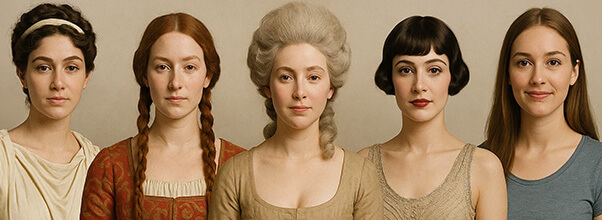



It is not often mentioned these days, Tolkien envisioned the orcs as what became of tortured elves. Beauty turned ugly and mean. That’s what we have today as well.
We must indeed no longer ignore or pay any penny for wokeness in games and literature. This can be hard, particularly if a beloved series/franchise gets hit. But it is the only language that is understood in the industry.
DEI weaseled away and morphed into new departments under a new name, but the same thing. The fight is far from over.
Exactly. Wokeness, DEI, or any form of cultural Marxism must be called out with extreme prejudice.
There is no middle ground. Either you’re with us or against us.
I’ve heard mixed opinions about whether Orcs originate from twisted elves or were created in an attempt to mimic the creations of Eru Illuvitar.
There was a quote from Tolkien that “evil cannot create, only twist and deform”, which may serve as an argument that Orcs are indeed something of a byproduct of Elves, but I choose to remain uncertain of their origins.
Goblins being smaller would imply that they would come from Hobbits, although, while I’m not 100% sure with the timeline, Orcs and Goblins came to existence long before Hobbits came to be.